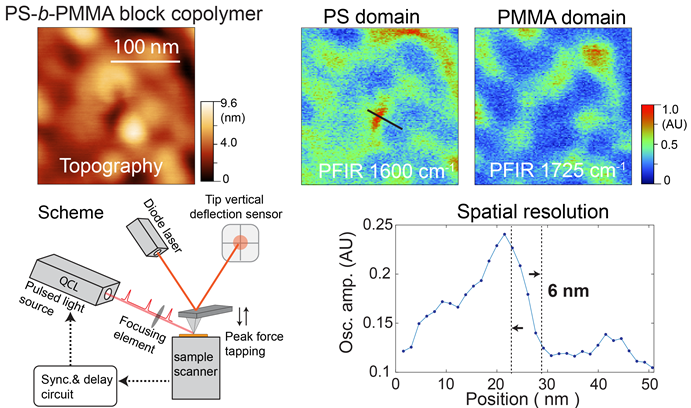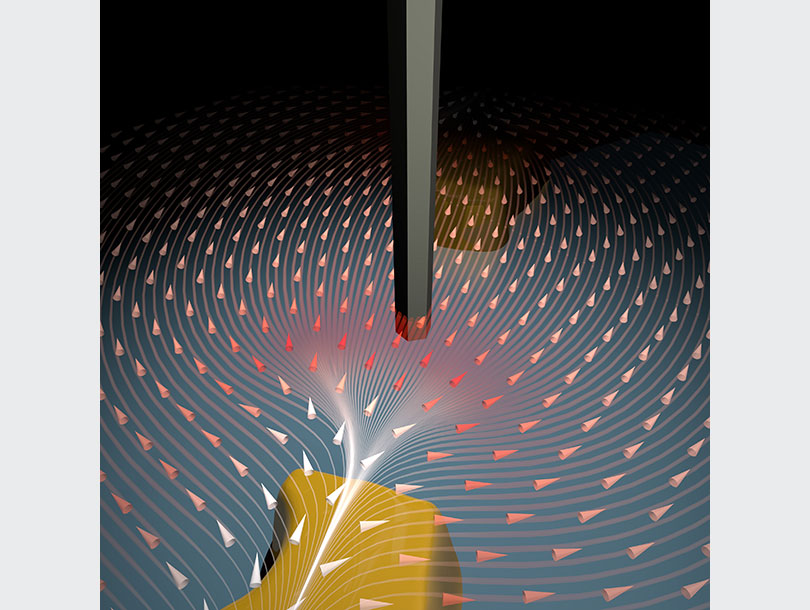A January 23, 2020 news item on Nanowerk features a number of new books. Here are summaries of a couple of them from the news item (Note: Links have been removed),
…
The main goal of “Nanotechnology in Skin, Soft Tissue, and Bone Infections” is to deal with the role of nanobiotechnology in skin, soft tissue and bone infections since it is difficult to treat the infections due to the development of resistance in them against existing antibiotics.
The present interdisciplinary book is very useful for a diverse group of readers including nanotechnologists, medical microbiologists, dermatologists, osteologists, biotechnologists, bioengineers.
“Nanotechnology in Skin, Soft-Tissue, and Bone Infections” is divided into four sections: Section I- includes role of nanotechnology in skin infections such as atopic dermatitis, and nanomaterials for combating infections caused by bacteria and fungi. Section II- incorporates how nanotechnology can be used for soft-tissue infections such as diabetic foot ulcer and other wound infections; Section III- discusses about the nanomaterials in artificial scaffolds bone engineering and bone infections caused by bacteria and fungi; and also about the toxicity issues generated by the nanomaterials in general and nanoparticles in particular.
…
“Advanced Materials for Defense: Development, Analysis and Applications” is a collection of high quality research and review papers submitted to the 1st World Conference on Advanced Materials for Defense (AUXDEFENSE 2018).
A wide range of topics related to the defense area such as ballistic protection, impact and energy absorption, composite materials, smart materials and structures, nanomaterials and nano structures, CBRN protection, thermoregulation, camouflage, auxetic materials, and monitoring systems is covered.
Written by the leading experts in these subjects, this work discusses both technological advances in terms of materials as well as product designing, analysis as well as case studies.
This volume will prove to be a valuable resource for researchers and scientists from different engineering disciplines such as materials science, chemical engineering, biological sciences, textile engineering, mechanical engineering, environmental science, and nanotechnology.
…
Nanoengineering is a branch of engineering that exploits the unique properties of nanomaterials—their size and quantum effects—and the interaction between these materials, in order to design and manufacture novel structures and devices that possess entirely new functionality and capabilities, which are not obtainable by macroscale engineering.
While the term nanoengineering is often used synonymously with the general term nanotechnology, the former technically focuses more closely on the engineering aspects of the field, as opposed to the broader science and general technology aspects that are encompassed by the latter.
“Nanoengineering: The Skills and Tools Making Technology Invisible” puts a spotlight on some of the scientists who are pushing the boundaries of technology and it gives examples of their work and how they are advancing knowledge one little step at a time.
This book is a collection of essays about researchers involved in nanoengineering and many other facets of nanotechnologies. This research involves truly multidisciplinary and international efforts, covering a wide range of scientific disciplines such as medicine, materials sciences, chemistry, toxicology, biology and biotechnology, physics and electronics.
The book showcases 176 very specific research projects and you will meet the scientists who develop the theories, conduct the experiments, and build the new materials and devices that will make nanoengineering a core technology platform for many future products and applications.
…
On January 28, 2020, Azonano featured a book review for “Nano Comes to Life: How Nanotechnology is Transforming Medicine and the Future of Biology.” The review by Rebecca Megson-Smith, marketing lead, was originally published on the NuNano company blog
Covering sciences ‘greatest hits’ since we have been able to look at the world on the nanoscale, as well as where it is taking our understanding of life, Nano Comes to Life: How Nanotechnology is Transforming Medicine and the Future of Biology is an inspiring and joyful read.
As author Sonia Contera writes, biology is an area of intense interest and study. With the advent of nanotechnology, a more diverse range of scientists from across the disciplines are now coming together to solve some of the biggest issues of our time.
…
The ability to visualise, interact with, manipulate and create matter at the nanometer scale – the level of molecules, proteins and DNA – combined with the physicists quantitative and mathematical approach is revolutionising our understanding of the complexity which underpins life.
I particularly enjoyed the section that discussed the history of scanning tools. Here Contera highlights how profoundly the development of the STM [scanning tunneling microscope] transformed human interaction with matter.
Not only did it image at the atomic level with ‘unprecedented accuracy using a relatively simple, cheap tool’, but the STM was able to pick up and move the atoms around one by one. And what it couldn’t do effectively – work within the biological environments – was and is achievable through the introduction of the AFM [atomic force microscope].
…
She [Contera] writes:
“Physics urges us to consider life as a whole emergent from the greater whole – emanating from the same rules that govern the entire cosmos.”
…
I leave you with another bold declaration from Sonia about the good that the merging of the sciences has offered and, on behalf of everyone at NuNano, would like to wish you all a very Merry Christmas and Happy New Year – see you in 2020!
“As physics, engineering, computer science and materials science merge with biology, they are actually helping to reconnect science and technology with the deep questions that humans have asked themselves from the beginning of civilization: What is life? What does it mean to be human when we can manipulate and even exploit our own biology?”
…
Sonia Contera is professor of biological physics in the Department of Physics at the University of Oxford. She is a leading pioneer in the field of nanotechnology.
Megson-Smith certainly seems enthused about the book and she reminded me of how interested I was in STMs and AFMs when I first started investigating and writing about nanotechnology. Given the review but not having seen the book myself, it seems this might be a good introduction.
My introductory book was the 2009 Soft Machines: Nanotechnology and Life by Richard Jones, a professor of physics and astronomy at the University of Sheffield. I have great affection for the book and, if memory serves, it hasn’t really aged. One more thing, Jones can be very funny. It’s not many people who can successfully combine humour and nanotechnology.
You can find Megson-Smith’s original posting here.

